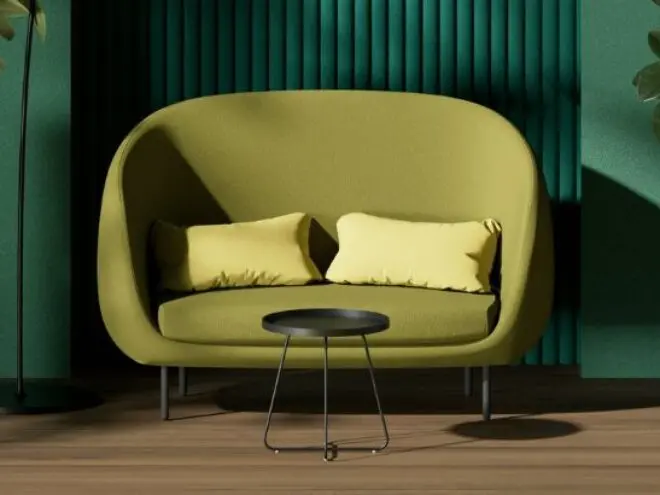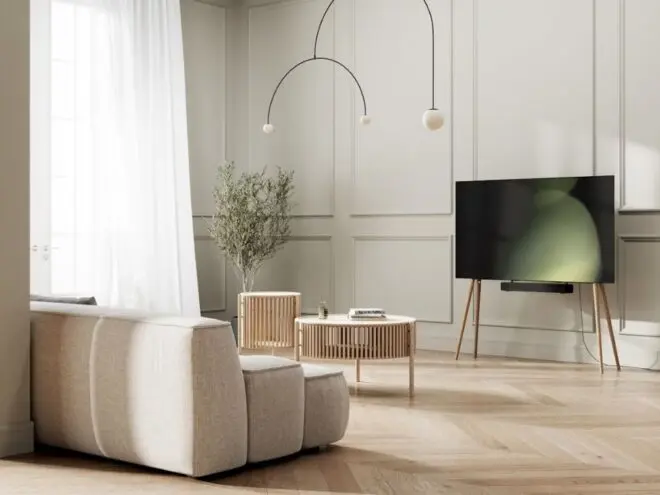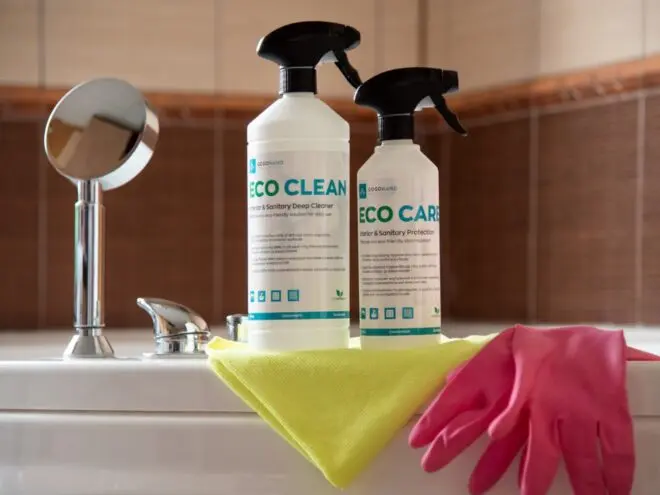Home • 01/24/2022
How to Keep Your Plants Alive: 8 Tips for Beginners
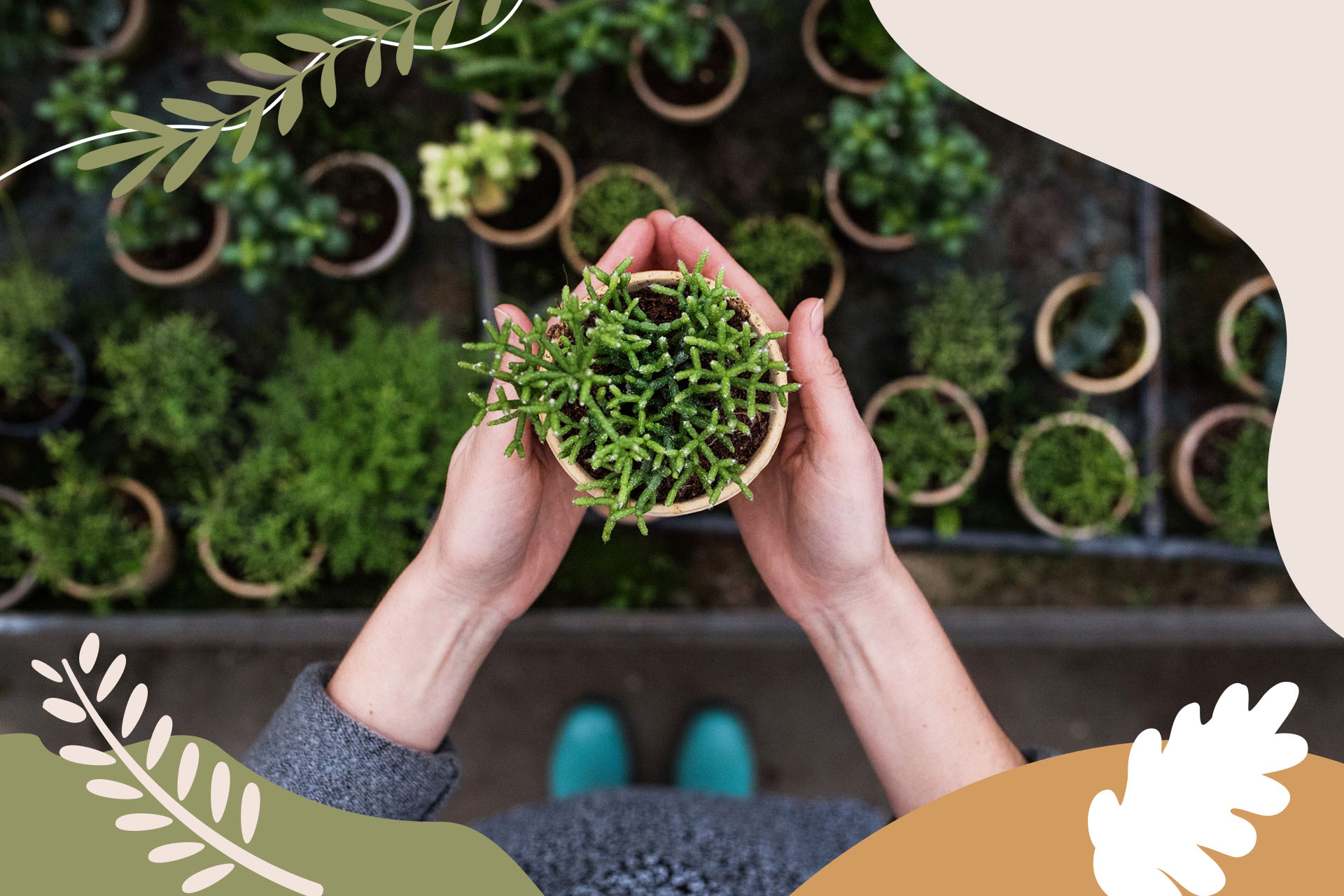
Revivalist is a reader-supported endeavor and our posts may contain affiliate links. When you buy through links on our site, we may earn an affiliate commission.
People like to brag about having green thumbs if they can grow a successful garden. It may seem like a skill that needs to come naturally, but you can learn how to keep your plants alive with the proper guidance and a little practice. Whether you want to grow indoor flowers or an outdoor vegetable garden, use these eight tips designed for beginners to get started with your gardening dreams.
1. Set Watering Reminders
Plants and humans are similar in many ways. If you couldn’t grab a glass of water every once in a while, you’d feel dehydrated and out of sorts. Plants also need water, but they can’t get it for themselves unless you live in a rainy region.
It’s easy to forget to water your plants if you’re new to planting seeds or tending to your landscaping. Instead of hoping you develop the habit, download a helpful reminder app and schedule notifications whenever your new plants need a drink of water. You can always turn the notifications off once gardening becomes more routine.
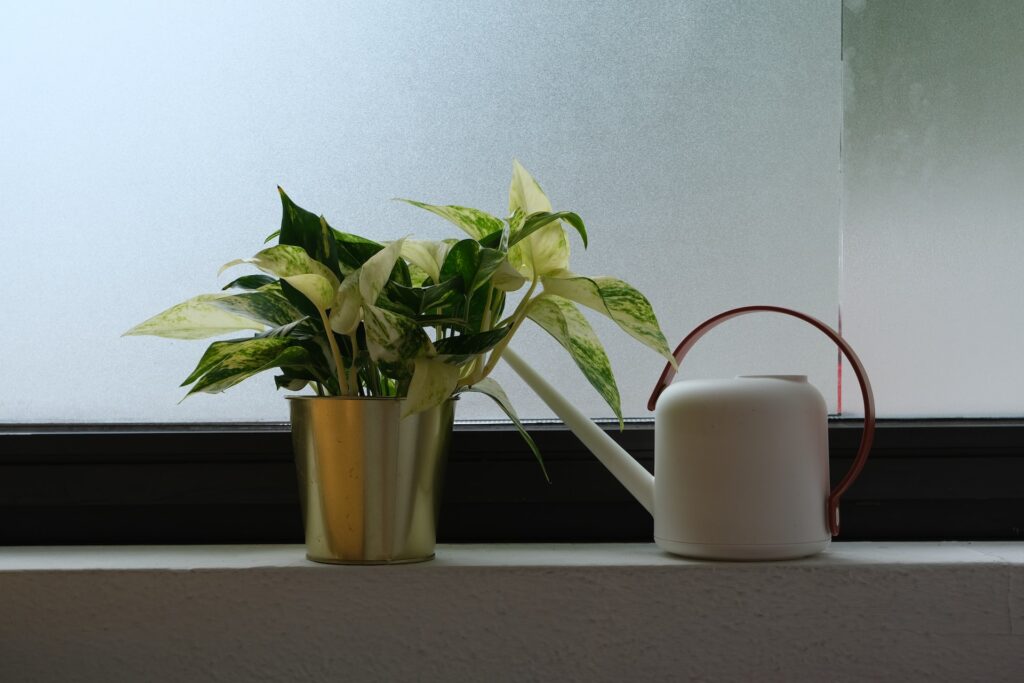
2. Test the Soil
Overwatering your plants will keep the soil damp and create a better environment for bacteria or disease to overtake their root systems. Even if you’ve done your research on watering, test the soil with your finger before grabbing your garden hose. If it’s dry down to an inch, it’s a good time to water.
Always research your plants to determine how dry the soil should get between watering. Some plants prefer damp soil and others will die from dampness.
3. Check for Pests
Bugs will try to make homes in your plants and eat their leaves or roots. Consider where you’re going to raise your plants and learn about the various pests that might affect them. Outdoor plants are more at risk for bugs like:
- Aphids
- Caterpillars
- Cutworms
Indoor plants can also die from certain pests, depending on where you live and how easy the bugs can reach your potted flowers or vegetables. Keep an eye out for bugs such as:
- Spider mites
- Thrips
- Mealybugs
Identifying common pests is part of learning how to keep your plant alive. Check them every day and use a preferred insecticide if you find bugs or eggs in your garden.
4. Cover the Soil
Anyone who lives in a sunny region with hot weather should consider covering the soil under their plants. The direct sunlight and intense heat will evaporate any water before your plants get a chance to absorb it. Cover the soil with a layer of mulch or rocks to create helpful shade. You could even use handfuls of worry stones to add positive energy to your garden and give the root systems a chance to enjoy fresh water before the daily heat sets in.
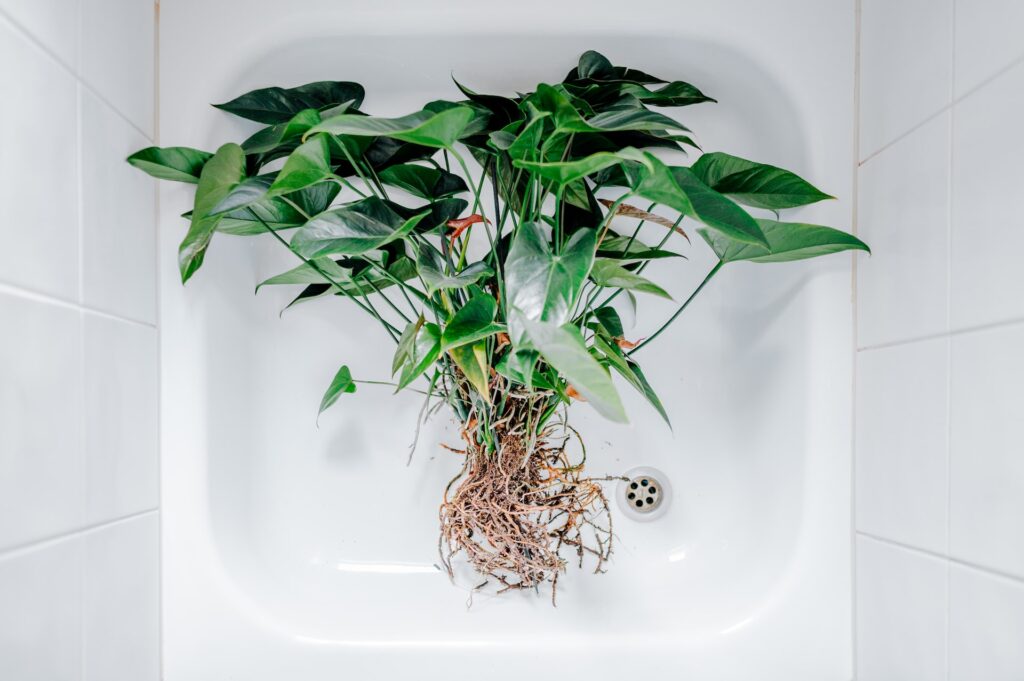
5. Break the Roots
You may need to repot indoor plants if they start to die. When their roots grow too tightly together, they can’t absorb water or nutrients well enough to keep the plant alive. Repotting only takes a few minutes and requires a larger planter, but don’t forget to gently break the outer roots before settling your plant in its new pot.
Breaking the roots activates their growth so they can immediately reach the soil and extra room. It’s essentially self-care for plants because it restarts their growth cycle. Self-care is essential for all living things because it makes life happier and more manageable, so give your plants a gentle nudge during repotting by cracking the outer roots and covering them in damp soil.
6. Play With Lighting
Your potted plants may also die because their source of lighting changes with the seasons. Your windowsill may get plenty of sunshine in the summer, but the light may not directly reach your plants as the earth tilts into autumn. Double-check if your plants are getting enough direct sunlight if they start to wilt and move them as needed. Shuffling them to a place on your porch or a bookshelf could be all they need to get enough light to continue growing.
7. Use Organic Soil
People with green thumbs sometimes prefer to use organic soil and all-natural fertilizers to keep their plants alive. Chemical treatments and soil additives may not align with their sustainable lifestyle or help their plants grow as intended.
When you’ve double-checked that your plants are getting enough water and sunlight, think about moving them into fresh soil or eliminating your current gardening treatments. They’ll thrive on the nutrients from natural sources, just like the human body benefits from plant-based diets that avoid processed ingredients and preservatives.
8. Check Your Calendar
Some plants can grow any time of the year, while others need specific weather conditions to grow. If you’re in the south, trees and shrubs will grow better if planted during the fall, while plant species like flowers and summer vegetables need to grow earlier in the year. Check your calendar while browsing potential plants or seeds you’d like to add to your indoor or outdoor garden.
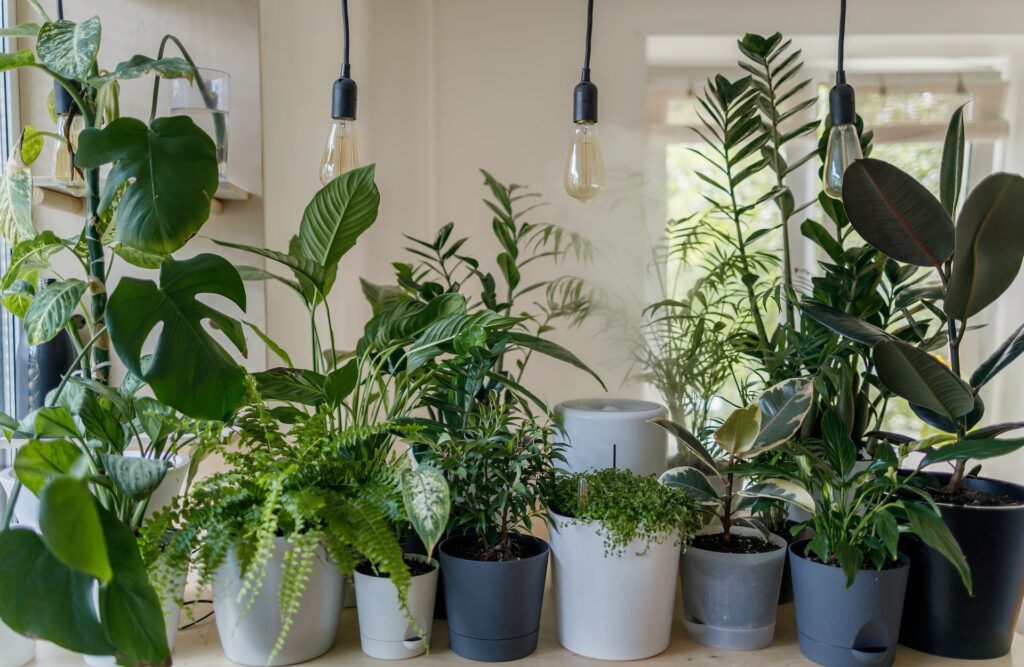
Keep Your Plants Alive
Now that you’ve learned how to keep your plants alive, start your dream garden today. Once you’ve learned when they prefer to grow, how much water they need and how much sunlight they require, you’ll be able to grow anything you want.
Subscribe to Our Weekly Newsletter
We would love to connect deeper with you!
